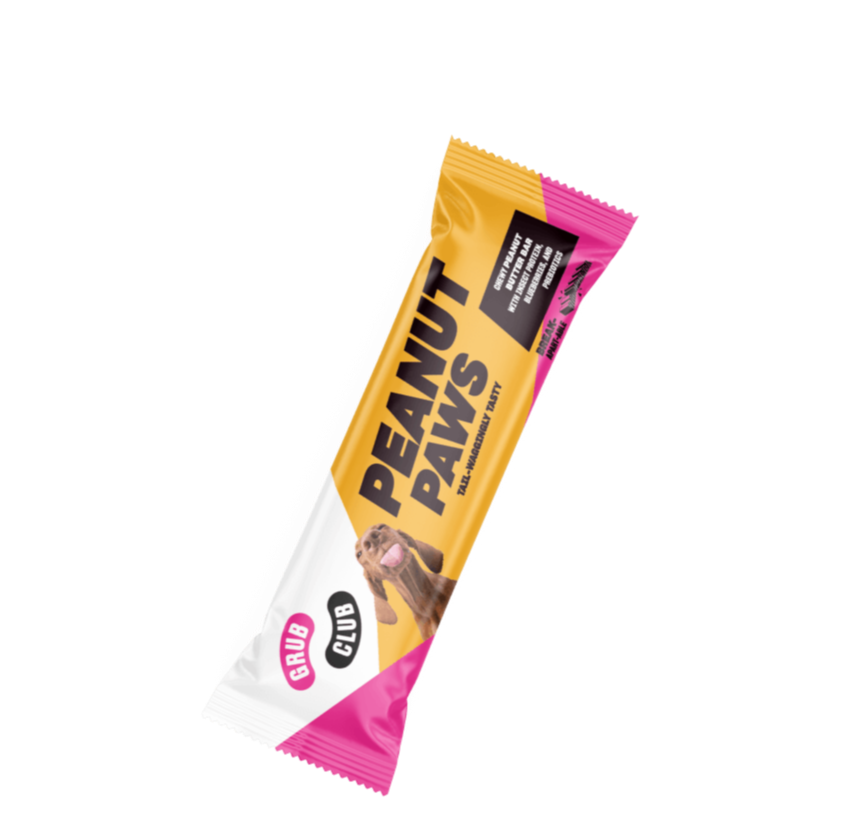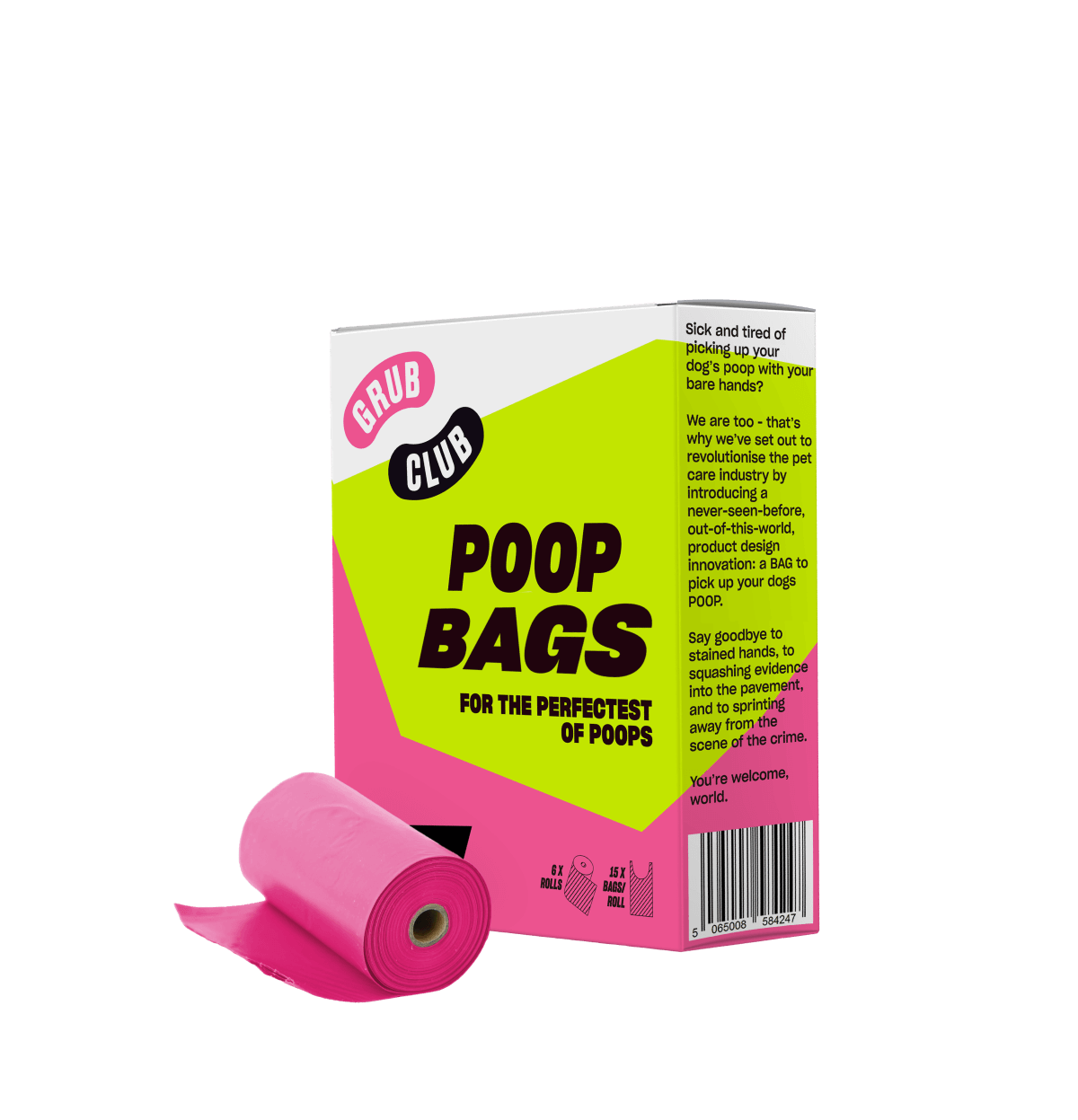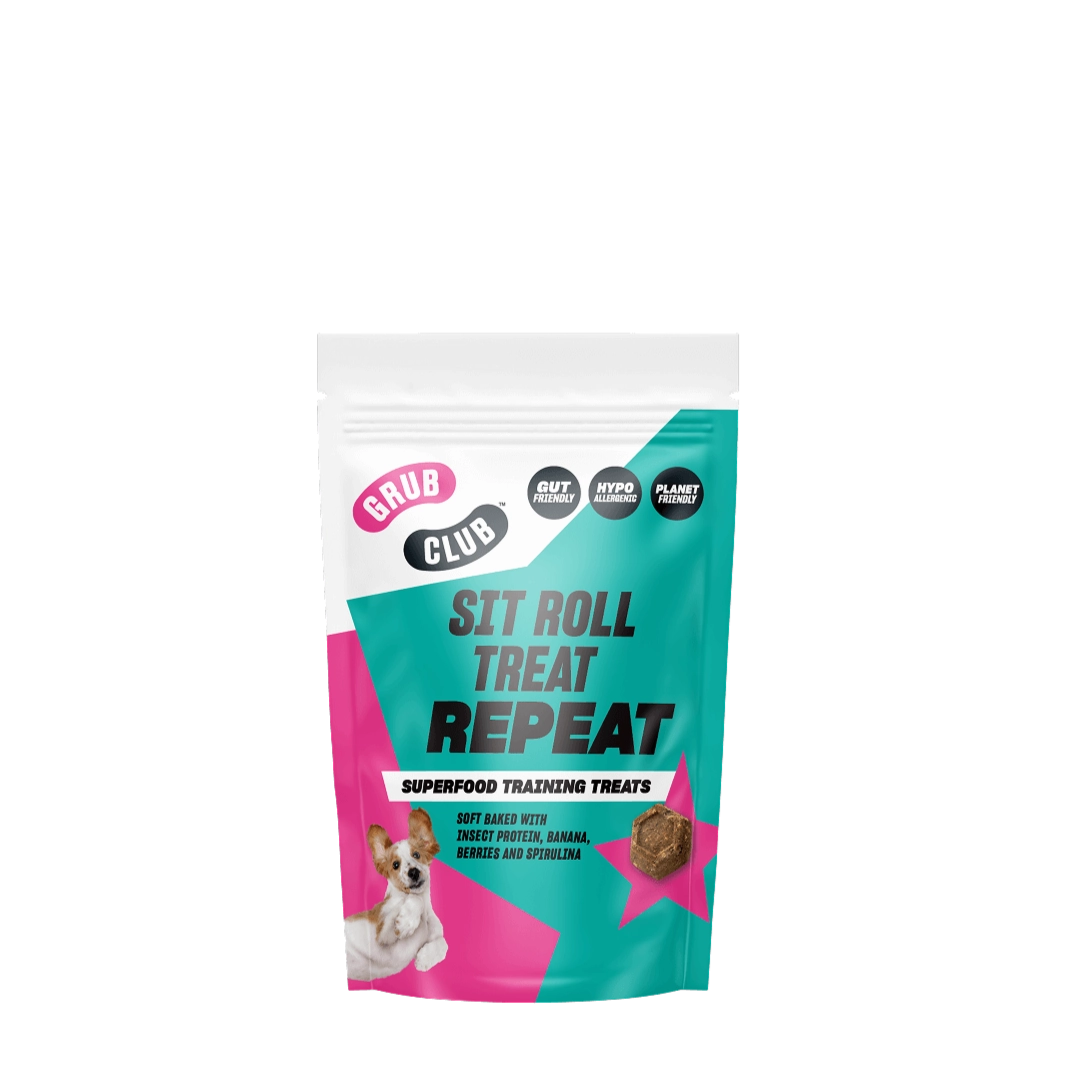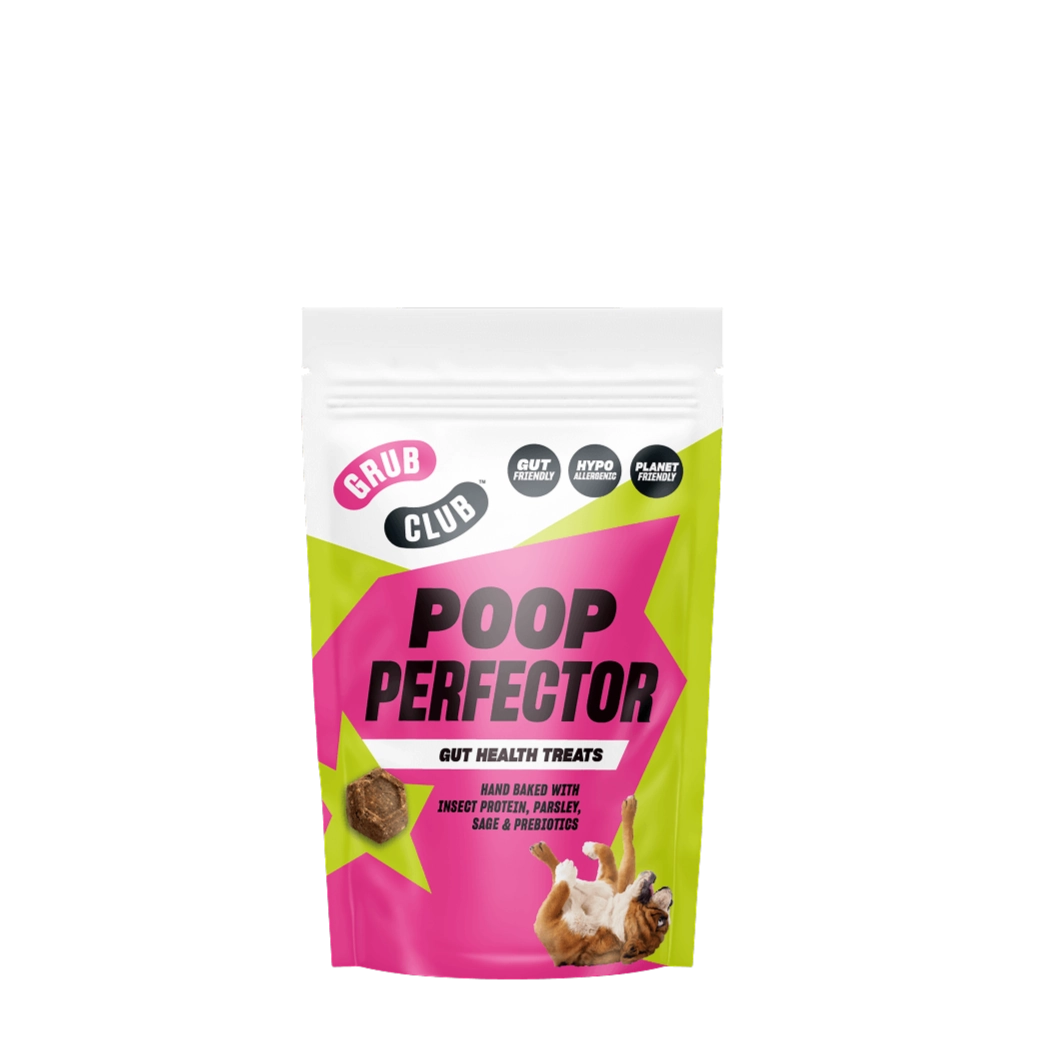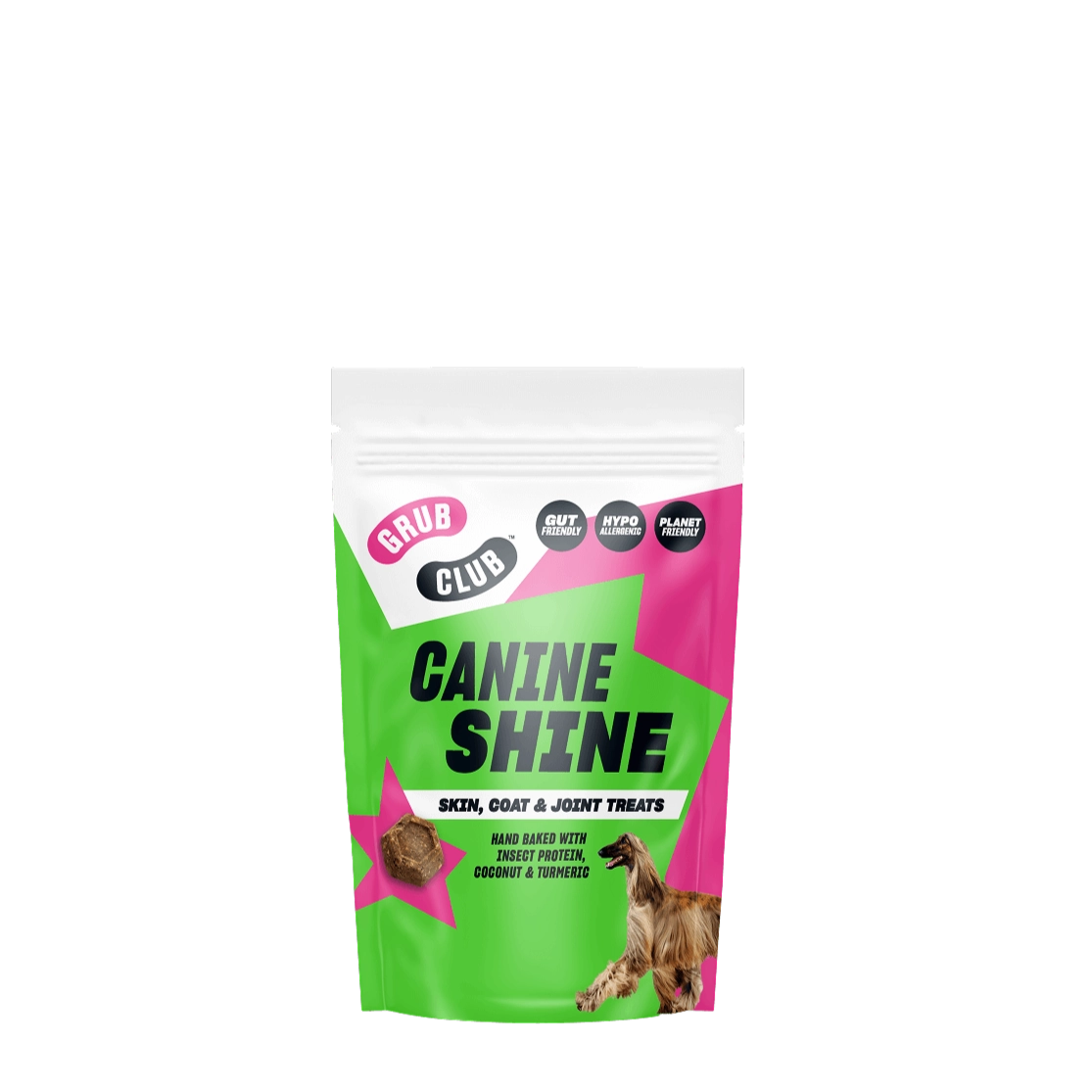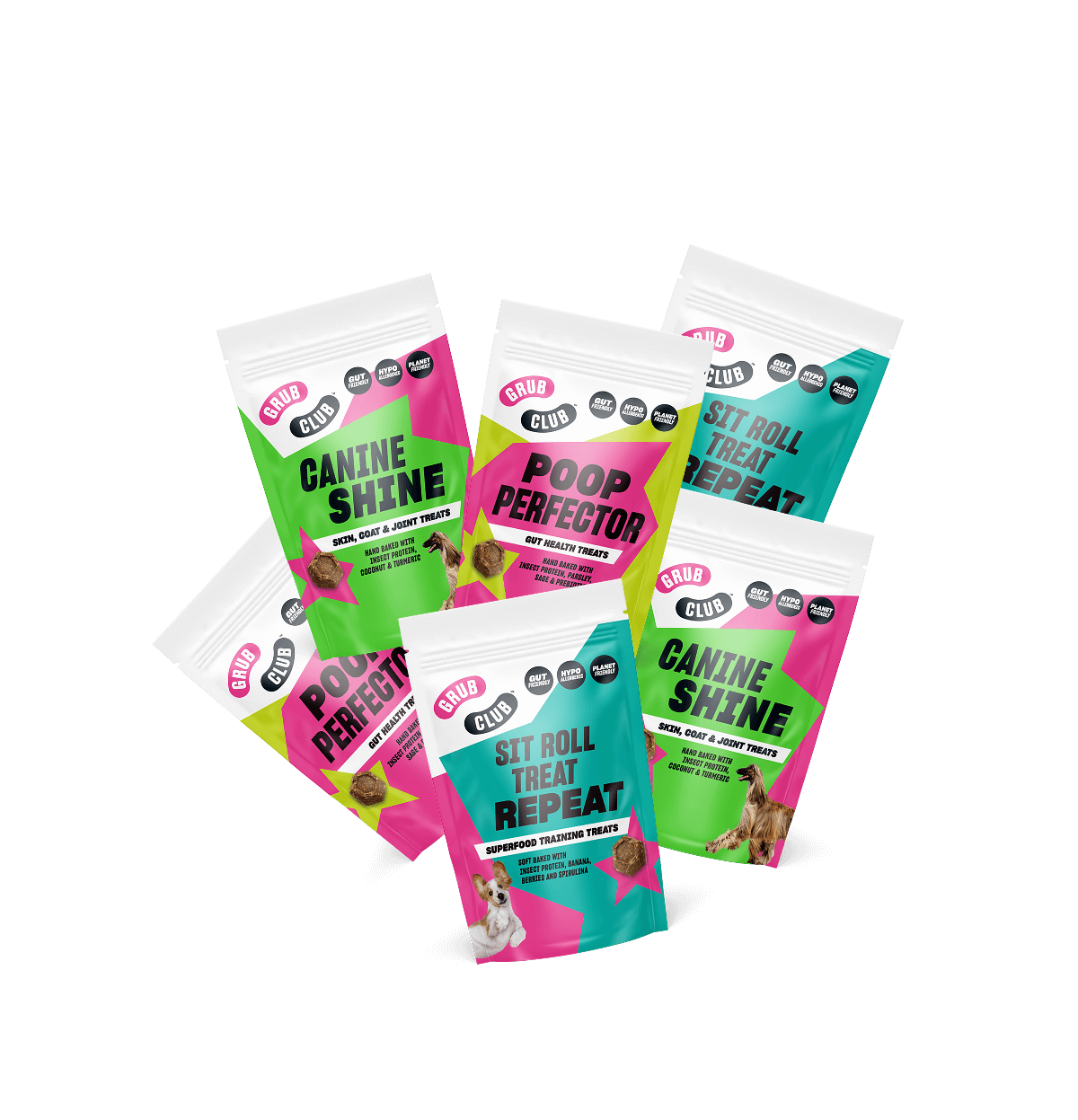PEANUT PAWS
Peanut Butter Bar
1 Bar
FREE UK Delivery on orders above £49.
You have £0.00 in your cart, spend £49.00 more and get free shipping.
1 Bar
72 Bags
1 Pack
1 Pack
1 Pack
Or continue without a name
CheckoutJust the mention of the word 'fleas' has us itching and scratching. Yep, no matter what breed you have, where you live or how often you bathe your dog, those jumpy little beasties will probably pay your pooch a visit at some point.
We share our top tips on the symptoms and best treatments for you, your dog and your home. *itch, itch*
Yep, that sounds like fleas right there.
Fleas are difficult to see as they often burrow down into the fur or into your carpets and furniture and they're super fast. The most common areas to find fleas on your dog are on their tummies or at the base of their tail.
Flea bites can understandably make your pet uncomfortable and itchy, but they can also bring a host of other problems including:
Your first port of call would be to consult your vet or local pet shop for advice on appropriate flea treatments. There are many options on the market but a professional pet health worker will be able to point you towards the most effective treatment.
Flea treatments are usually found in spray or spot-on forms which work by releasing a pesticide chemical onto your pet’s skin which kills off any fleas, eggs or larvae. Another option which can be used as an ongoing flea deterrent is the trusty flea collar. This can be worn all year round to help to protect your pooch and keep those fleas at bay.
And lastly, you could ask your vet about an oral option. This comes in the form of a tablet or capsule and once swallowed by your dog, the active ingredient will be absorbed by the gut and taken into the bloodstream. Each time a little flea takes its bite it will be unwillingly digesting the ingredients that will eventually kill them. Oops!
Quite often before applying any of the above, it can be advisable to bath your dog which will help to soothe their skin and remove some of the live fleas, flea dirt etc. Ensure that your dog is fully dried before then applying any topical flea treatments.
In addition to using a solution such as these, you could also purchase a flea comb to help to remove any flea dirt or debris (dead fleas) as this will help to make your dog start to feel much better.

With many products available to you it can be really tricky to work out what to do for the best but fear not, we have a vet on speed dial to help us out here…
The most popular flea products vets recommend are Frontline and Virbac Effipro duo spot-on treatment both of which are categorised as ‘NFA-VPS’ which can only be sold by a vet, pharmacist or suitably qualified person. These are well-known, reliable brands that vets have stocked for years.
In terms of flea collars Beaphar does a good range and for an oral solution chat to your vet surgery to see which brands they carry, alternatively, Program has a tablet flea remedy which can be purchased in pet shops or online.
You should see results quite quickly once you start to take the sufficient steps to get rid of fleas on your dog with the most noticeable being:
We are sorry to be bearers of bad news but your flea problem doesn’t end with your dog. Those pesky high-jumping bugs don’t really like laying their eggs on their host all that much and choose to lay 95% of them in cosy spots around your home such as rugs, carpets and your soft furnishings.
Begin by washing anything that your dog enjoys laying on – their bedding, your bedding(?), throws, blankets, towels and so on. Next, give your house the vacuuming of its life. Get deep down into those carpets, use the attachments to ensure you get into every crevice and pay particularly close attention to any areas where your dog likes to lie. When the vacuum bag or cylinder is full, empty this straight out into your wheelie/outdoor bin to ensure that those fleas are out of your home and can’t jump back to their favourite spots!
If you have a pretty big infestation, you can also choose to purchase a household spray (Virbac is a popular choice) or seek assistance from a professional cleaning company that can come in and fumigate. This won’t always be necessary, just keep a close eye on the situation. If you are experiencing a regular flea occurrence, you will definitely need to take further action as your vacuum alone just isn’t enough.
Another helpful step you can take is to wash your carpets and rugs or hire a carpet cleaning company to come and do this for you.

This will vary depending on your situation but if you take all of the appropriate steps you should start to see results after 24 hours. However, each infestation is different and you may need to take a little more time tackling particular areas. If you have a serious infestation it could take up to 3 months to fully eliminate them.
It’s ok you are safe, no, fleas cannot live on a human as we do not have the fur they need in which to breed. They will bite us and leave an itchy little bump but we really aren’t their first choice of meal. Phew!
If you have carried out all of the above and haven’t seen any fleas for a while (or had any bites) yet your dog is still quite itchy, it may be worth looking at why else this may be. A few factors could be:
